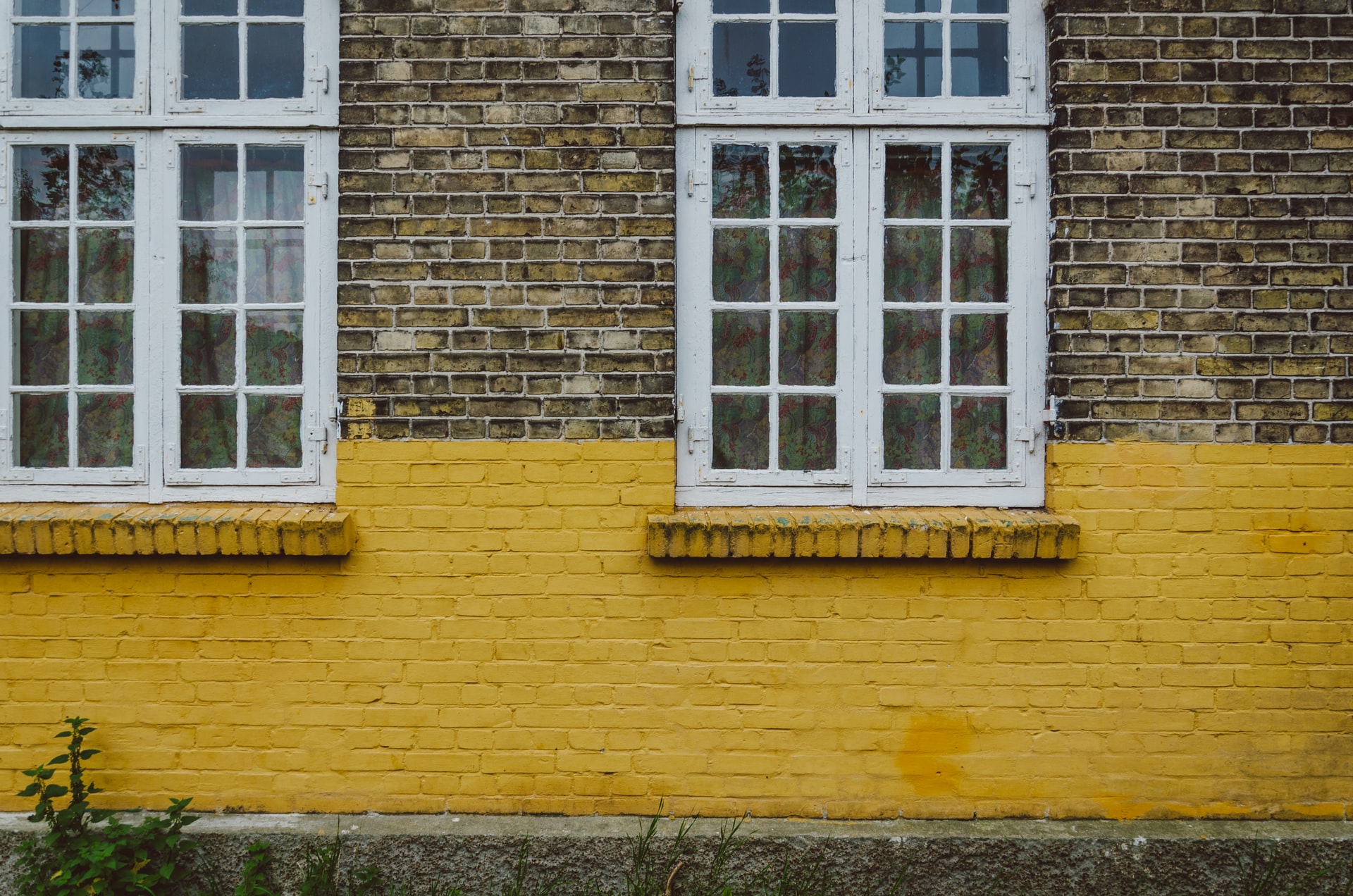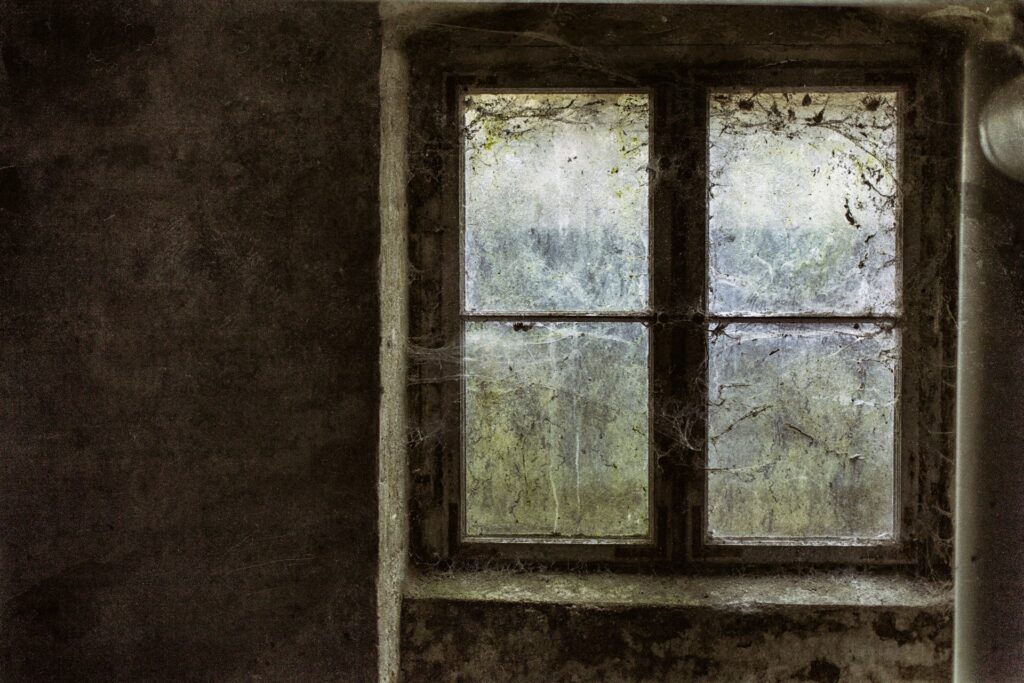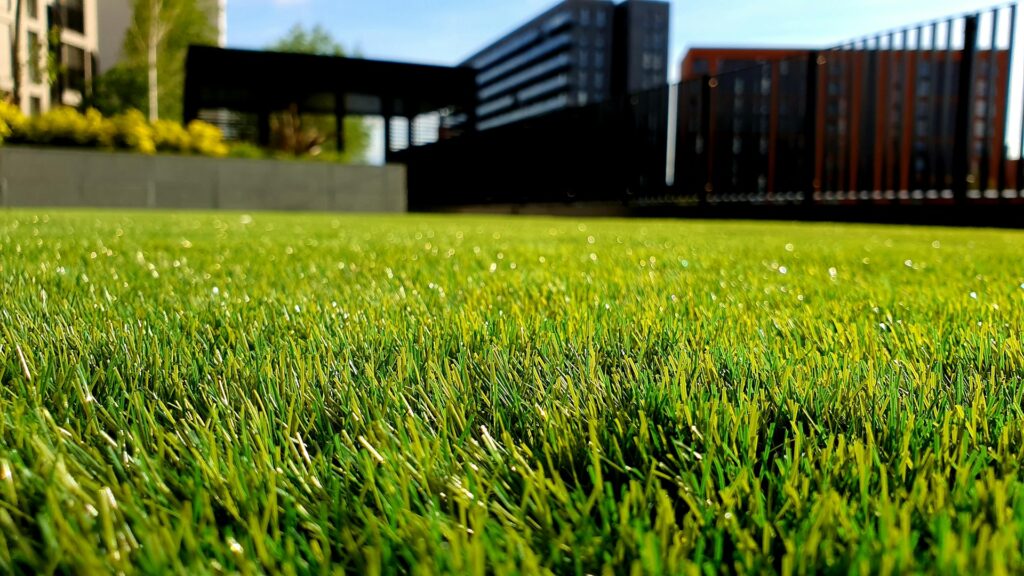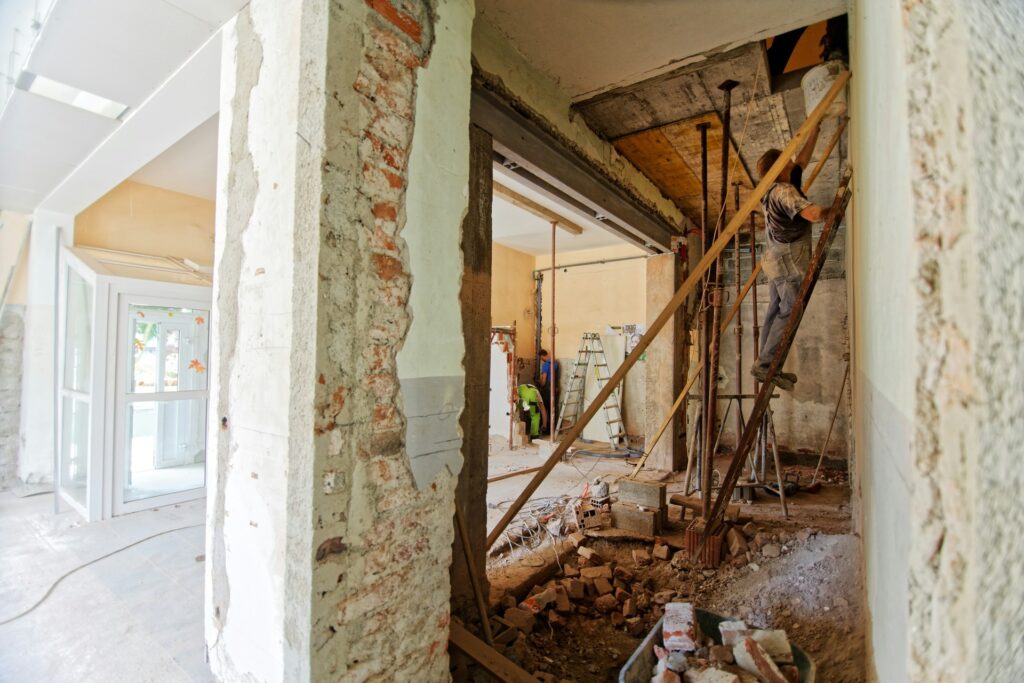
We are reader-supported. When you buy through links on our site, we may earn an affiliate commission.
Are you tired of your dated, drab brick exterior? Maybe you’ve seen some of the home renovation shows on television and think you’d like to try a total transformation by learning how to paint exterior brickwork.
Painting brick can increase curb appeal and home value. According to a Homelight survey of over 900 real estate agents, painting your home’s exterior costs about $2,803 but gives you a 51% return on investment or a $4,228 increase. If you plan to resale soon and your exterior is ugly, paint can help move a house and draw more attention from buyers.
If your exterior leaves a lot to be desired or looks extremely dated, learning how to paint exterior brickwork can add interest and modernizes your home’s aesthetic. You’ll want to follow some specific steps in order to avoid peeling paint and give the finished result a professional edge.
Step 1: Clean the Brick
Your first step is prepping the home for paint. Spend time sanding rough bricks with an 80-grit sandpaper. This will take time, but some of your bricks may already be smooth enough you can skip over them.
The easiest way to find rough spots is by running your hands over the surface. Take one small section at a time. When you’re finished sanding, have the outside of your home pressure washed to get rid of dirt and debris. You may also want to use a cleaner to get rid of mildew or grime.
You may find the pressure washing brightens up your brick and you no longer want to paint. However, if you still plan to move forward, you’ll have some additional prep work.
Step 2: Apply Primer
Allow the brick to dry for a minimum of 24 hours. The Brick Industry Association says brick drying time depends on products used, climate and even the type of brick. Once you’ve allowed an ample amount of time for the exterior to dry, it’s time to apply primer.
Primer will give you a more uniform look to your finished product and help cover any additional flaws. Most people suggest using a mineral-based paint or a silicate. Make sure the paint breathes so moisture doesn’t get trapped behind it as brick is porous. There are even a few brands made specifically for painting masonry.
Step 3: Choose a Paint Color
Once your primer dries, it’s time to move to adding color to your exterior. Bob Villa and other experts often suggest an elastodynamic paint for brick. It moves as the brick contracts and expands and prevents issues some other paints create.
Think about what color you’d like for the long-term. It’s probably best to stick with neutrals for the main part of your home. You can always add accent colors around the trim. Acrylic latex is another paint many homeowners use because it allows moisture to evaporate.
Step 4: Invest in a Sprayer
You can certainly roll or hand paint a house, but you’ll save yourself a ton of time and aggravation by investing in a high quality spraying. The application goes on more uniformly and you’ll save time and energy.
Start on an inconspicuous spot as you get to know how the sprayer works and perfect your method. By the time you get to noticeable areas, you should be a professional at applying the paint.
Step 5: Maintain the Look
Keep in mind that once you paint your brick, you’ll have ongoing maintenance. Over time, sections will fade or cheap and you may need to touch up spots or repaint the entire home again.
Another option some people go with is staining their existing brick. Simply add the stain to each brick being careful not to stain the mortar. It can bring out different shades within the surface and darken or lighten your existing look without quite as much work as painting involves.
Should You Paint Your Brick?
Whether or not to paint a brick home is a personal choice. There are many reasons you’d want to change up the look of the exterior and add curb appeal. However, there are equally as many reasons you might want to avoid taking a low-maintenance exterior and creating ongoing care. Whatever you choose, take the time to research your options, do your prep work and sit back and enjoy the final results.










